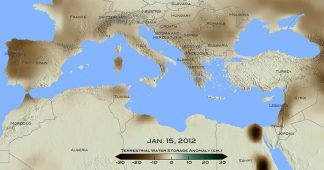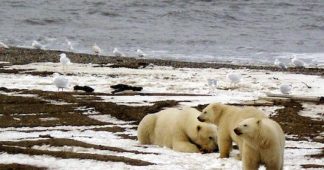Quahog clam shells allow scientists to measure chemical make-up of the oceans more precisely than ever before
Katie Forster
A worrying effect of climate change has been discovered by scientists studying the world’s longest-living animal, the quahog clam.
Researchers examined growth rings on the shell of the edible mollusc, which can live for more than 500 years, to uncover details of a dramatic shift in the interaction between the North Atlantic Ocean and the atmosphere.
Before the industrial period began some 200 years ago, atmospheric fluctuations were caused by natural changes in the ocean, driven by volcanic eruptions and the sun’s radiation.











